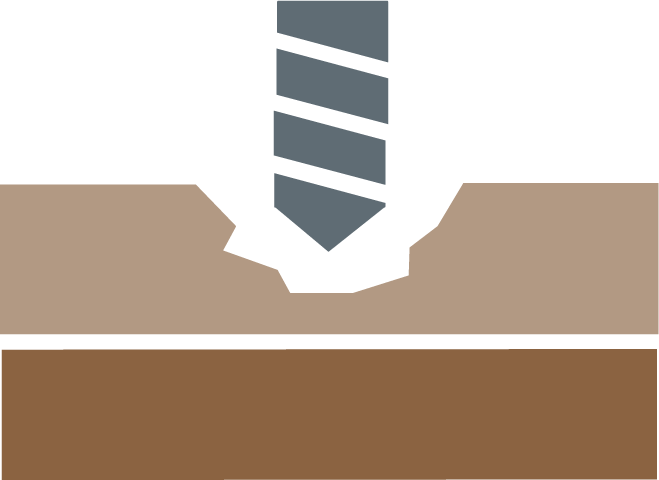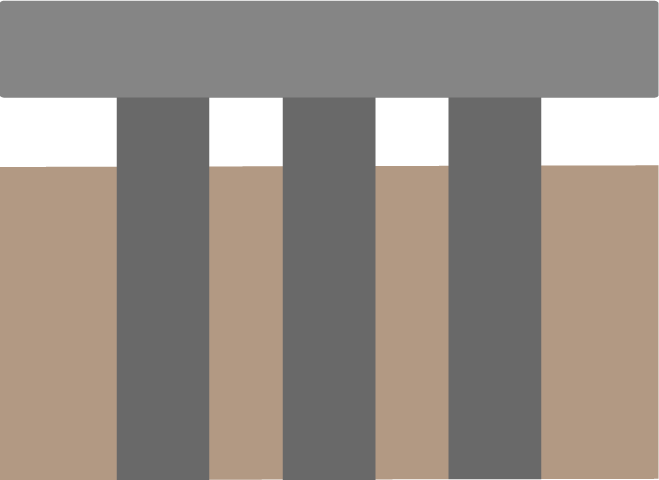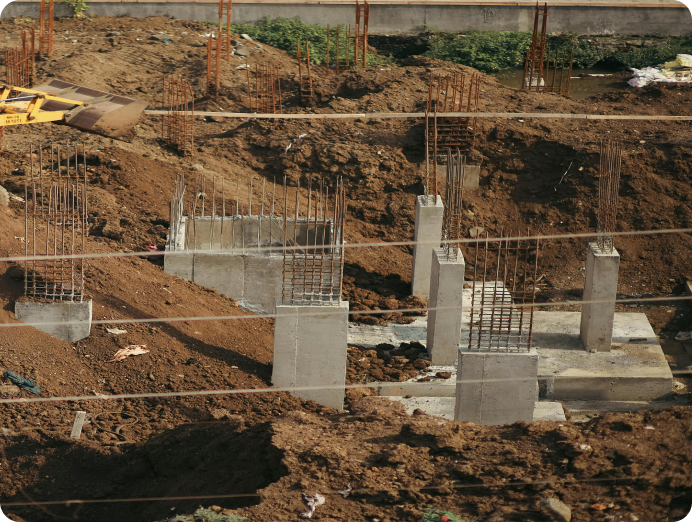SMGE studio croatia WHERE INTERACTION WITH SOIL BEGINS




WHAT WE DO? SMGE studio croatia
Founded in early 2025, SMGE Studio d.o.o. brings a fresh approach to geotechnical engineering, combining in-depth expertise with innovative working methods. As a young and agile company, we are not only introducing new dynamics to the geotechnical services market in Croatia and the European Union, but also ensuring that we maintain the highest professional standards of the industry.
In particular, our expert team operates in four key areas: geotechnical investigations, design, expert supervision, and consulting. What truly sets us apart, however, is our ability to respond quickly and accurately to any challenge. Above all, quality remains our top priority. Regardless of the scope of the task, we approach each project with the same unwavering dedication and professionalism, constantly striving to develop solutions that are both innovative and reliable.

RECOGNITION SMGE studio croatia
SMGE Studio Croatia excels in managing complex projects from the initial idea to successful realization. By combining in-depth expertise with a modern approach, we develop reliable and innovative solutions that consistently meet the highest professional standards of the industry. We also take a proactive role in addressing challenges, ensuring that each project progresses smoothly and efficiently.
OUR SERVICES in SMGE studio croatia

MORE ABOUT US
Modern approach SMGE studio croatia
Geotechnical investigations
In collaboration with trusted partners, SMGE studio organizes and professionally supervises the implementation of geotechnical investigations. Our expert team carefully plans and coordinates all phases of the investigation, ensuring the highest quality standards in:
- Investigative drilling and field testing
- Laboratory testing of soils and rocks
- Quality control during investigative work
- Preparation of geotechnical reports and expert opinions
Designing in geotechnical engineering
SMGE studio provides comprehensive design services in geotechnical engineering. We carry out designs according to current Croatian and European standards, using modern computational tools for analysis and structural design. Our flexible organization allows us to efficiently adapt to each project, regardless of its size and complexity. Through an integrated approach to design and performance monitoring, we ensure optimal and reliable solutions.
We prepare technical documentation for:
- Foundation of structures (shallow and deep foundations)
- Slope protection and landslide remediation
- Excavations and retaining structures
- Ground improvement
Consulting SMGE studio croatia
SMGE studio offers expert consulting in geotechnics, relying on extensive experience in solving complex engineering challenges. For each project, we develop the optimal technical solution tailored to the specific conditions of the site and the investor’s needs. Our consulting services cover the entire process—from initial problem analysis and goal definition, through the development and adaptation of technical solutions, to the full realization of the project. We place special emphasis on continuous communication with the investor, ensuring that the final solution is technically optimal and economically justified.
Soil mechanics and geotechnical engineering
The Key to Successful Construction in a Dynamic Construction Sector
“Building foundations have always been neglected because there is no glory in foundation work, and the causes of success or failure lie hidden deep in the ground; but the repercussions of foundation failures due to negligence can be very confusing.”
— Karl Terzaghi, London 1951
Quotation from the book Soil Mechanics and Foundation Engineering, Prof. Dr. Ervin Nonveiller, M.Sc. Civil Engineering


IZRADA PROJEKATA PO VAŠIM ŽELJAMA SMGE studio croatia
FREQUENTLY
ASKED
QUESTIONS SMGE studio croatia
What is geotechnical report?
When is a geotechnical report required, and when is a geotechnical project needed?
You need a geotechnical report when:
- You have a building that requires proof of mechanical resistance and stability.
- Building on a challenging terrain (unstable slopes, complex soil composition, high groundwater).
- For buildings with deep excavations or complex foundations.
- When there is a risk of affecting neighboring structures.
- When required by the structural designer.
You need a geotechnical project when:
- For geotechnical constructions (retaining structures, deep foundations, etc.).
- For complex interventions in the soil.
- For buildings of geotechnical categories 2 and 3 according to Eurocode 7.
- When special soil stabilization measures need to be designed.
- For buildings with special foundation requirements.
What is a geotechnical anchor, and do I need the neighbor’s consent for the installation of geotechnical anchors?
A geotechnical anchor is a structural element (most commonly a temporary supporting element in urban areas) that is installed in soil or rock at a certain angle, similar to driving a long wedge. It consists of a steel rope or rod (the free part) that ends in an expanded section (the anchoring section—concrete bonding part). The anchor is installed deep into the soil and then tensioned, creating a force that helps keep the structure (e.g., a retaining wall) in place. It can be imagined as an underground rope that pulls and holds the structure in place to prevent movement. Anchors are most commonly used for:
- Securing retaining walls
- Stabilizing slopes
- Securing deep excavation pits
- Anchoring foundations that need protection from uplift
Yes, according to the current laws of the Republic of Croatia (Construction Act, Property and Other Real Rights Act), a consent from the owner of the neighboring parcel and the regulation of easement is mandatory for the installation of geotechnical anchors that enter the neighboring plot. It is important to note that such anchors often serve to ensure the stability of a broader area and the safety of all surrounding buildings. When designed as a temporary structure, they can be easily removed when the neighbor plans their future construction, as they no longer serve their primary function after the planned object is built and do not pose any restrictions on the future use of the neighboring land. Plan ahead and nurture good neighborly relations, as this is in everyone’s interest!







